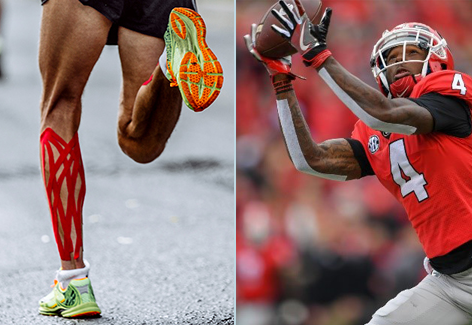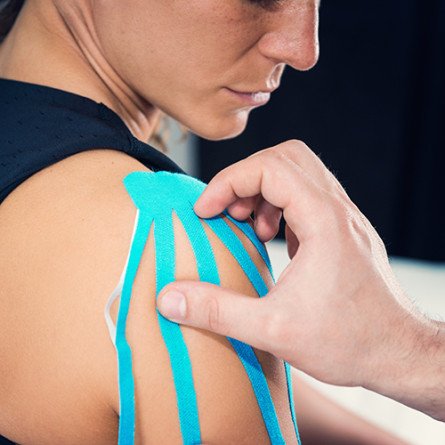What Is the Primary Purpose of Athletic Tape?
Athletic tape is designed to support the body during physical activities. It stabilizes the joints and muscles without restricting motion, offering protection against common sports-related injuries. It works by limiting the movement of injured areas to speed up recovery without completely immobilizing them, thus allowing athletes to continue training and competing.
Studies, such as those published by the Journal of the Canadian Chiropractic Association, indicate that using athletic tape can reduce the risk of injury by as much as 33% in sports that require repetitive motion, like tennis or baseball.
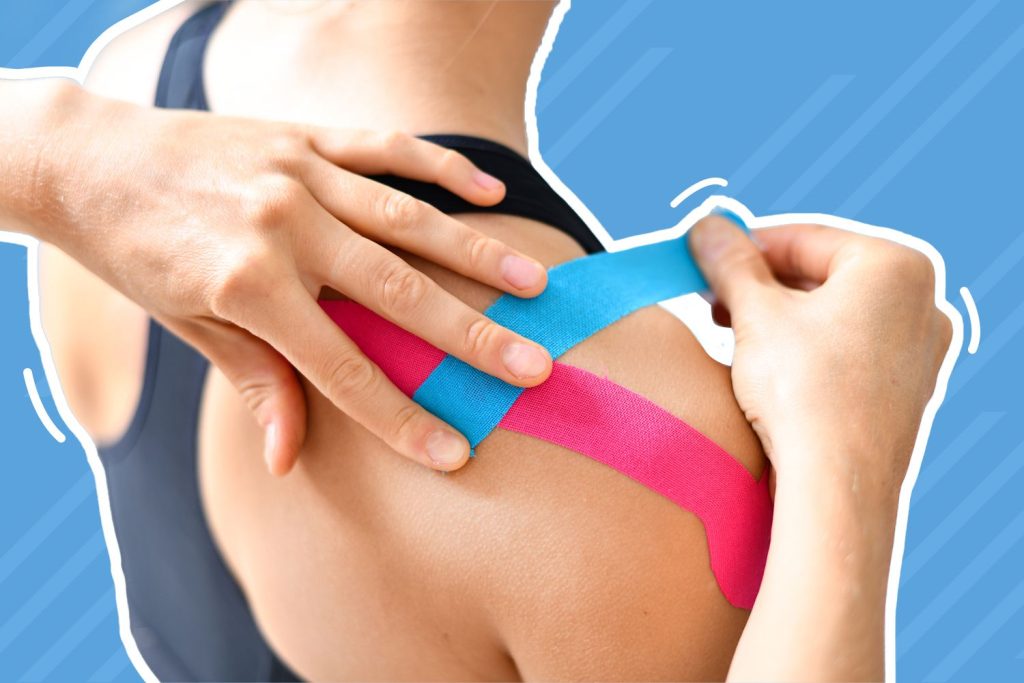
Athletic tape for preventing injuries.
Supporting Muscles and Joints
Athletic tape provides biomechanical support by adhering to the skin and creating a slight lift that decreases pressure between the skin and the tissues beneath. This support helps to improve circulation and facilitate muscle function, which is crucial during both performance and recovery. It allows for a safe range of motion, maintaining muscle strength and coordination during high-intensity activities.
Boosting Sports Performance
Athletic tape can actively enhance performance. By supporting unstable joints and weak muscles, the tape allows athletes to move more efficiently and with greater power. Athletes often feel more confident when they know their vulnerable areas are protected. Generally athletic tapes are proved to improve focus and performance, as noted in a study from the Physical Therapy in Sport.
Preventing Injuries in Key Areas
People apply athletic tapes to manage and prevent a range of sports-related injuries. These include sprains and strains, particularly in the ankles and wrists, where it provides stability and reduces stress on injured ligaments.
It’s also beneficial for overuse injuries such as tendonitis and bursitis. By redistributing the forces exerted on tendons and joints during activity, athletic tape helps alleviate pain and facilitates healing without completely stopping sports activity.
Research published in Clinics in Sports Medicine indicates that when combined with a comprehensive treatment plan, athletic tape can significantly shorten the recovery time for ankle and foot injuries in athletes.
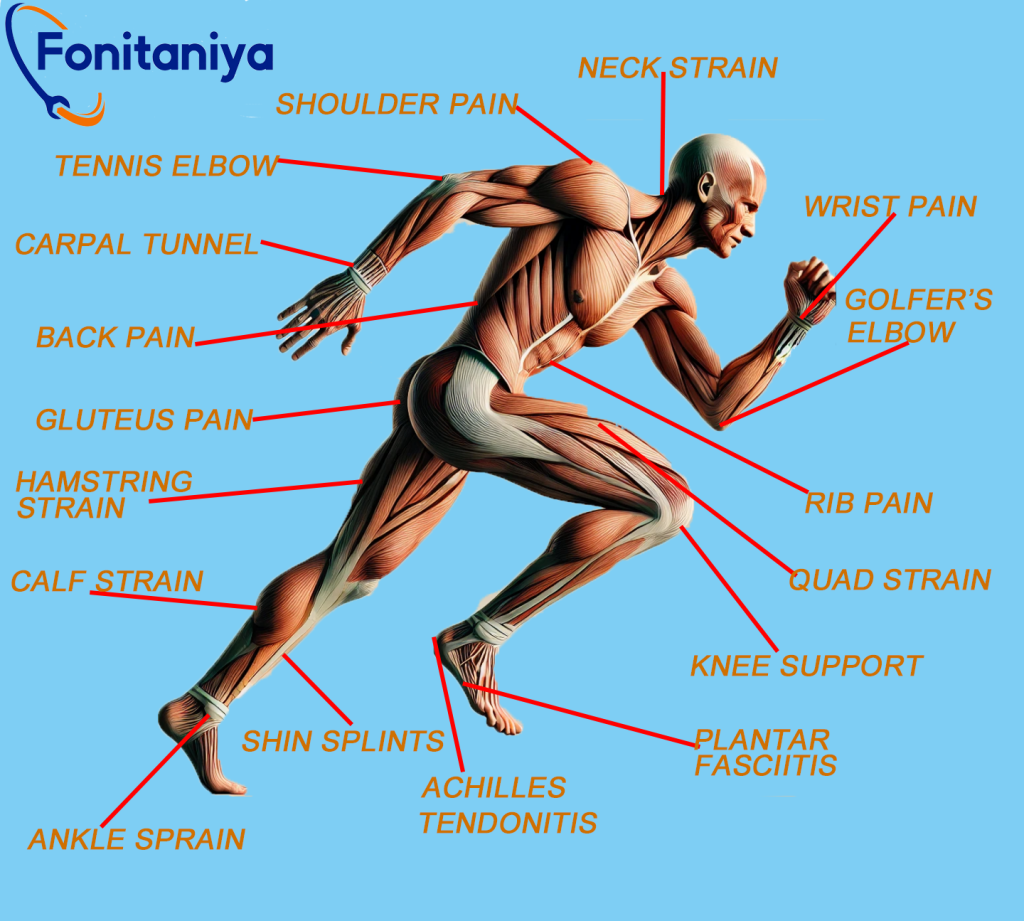
Generally, athletic tape can cover injuries in almost all muscles, tendons and joints.
Facilitating Rehabilitation
When integrated into a rehabilitative program, athletic tape helps stabilize injured muscles and joints without restricting overall mobility. This promotes healing while allowing individuals to engage in therapeutic exercises that strengthen the affected areas and prevent future injuries.
For rehabilitation purposes, healthcare professionals who understand the mechanics of injury and the principles of recovery should always apply athletic tape. Physical therapists often use taping techniques to guide the healing process and ensure safe movements.
It is frequently used in conjunction with other rehabilitative treatments such as manual therapy, cold/heat therapy, and electrical stimulation. This multimodal approach helps to accelerate recovery by addressing various aspects of the healing process.
What Are the Alternatives to Athletic Tape?
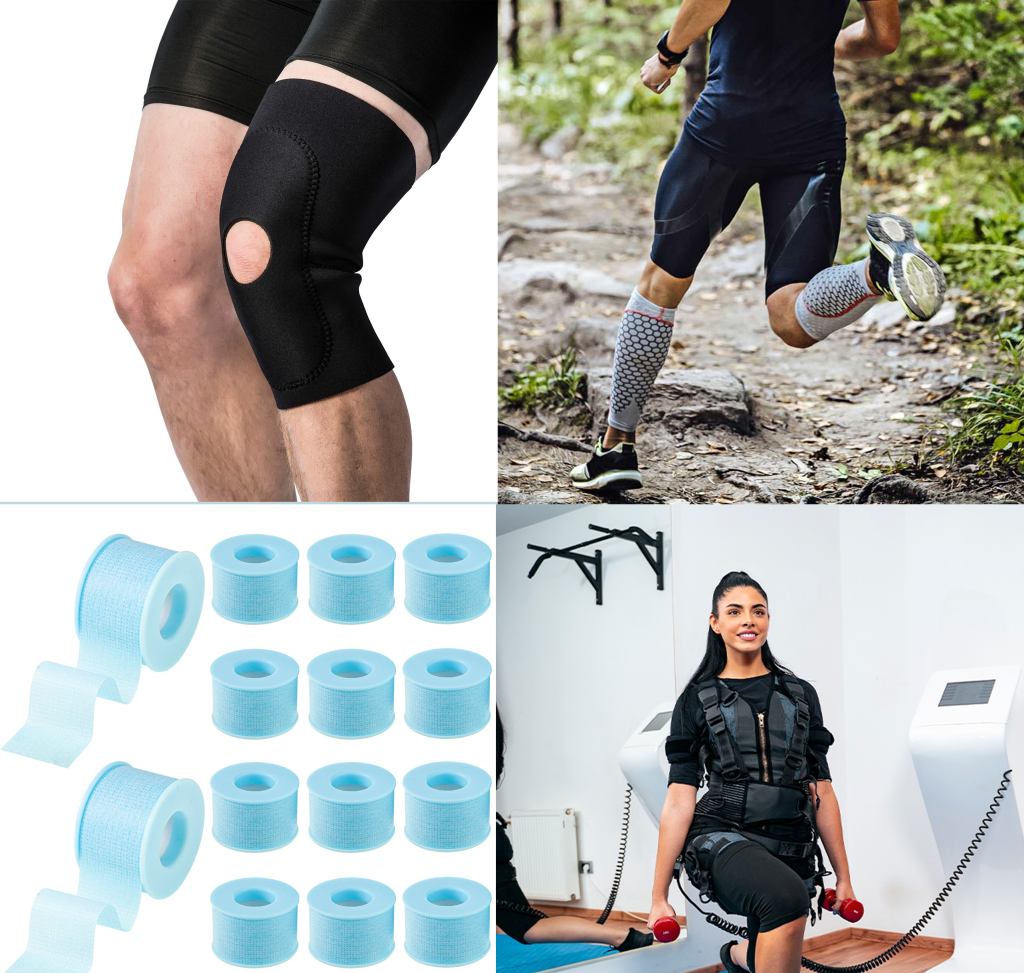
Some alternatives to sports tape.
Advanced Support Devices
To start with, neoprene sleeves and braces are popular for providing joint support, especially for the knees and elbows, which may be preferable for those requiring less flexibility and more rigid support.
Compression Wear
Compression garments, including socks, sleeves, and full-body suits, can also serve as alternatives to sports tape. These garments provide consistent pressure which helps to improve circulation and muscle stability during physical activities and recovery periods.
Silicone-Based Tapes and Patches
For those looking for an alternative that minimizes skin irritation, silicone-based tapes and patches offer a gentle yet effective option. These are particularly useful for individuals with sensitive skin or allergies to traditional adhesives used in athletic tapes.
Electronic Muscle Stimulators
For a completely tape-free alternative, electronic muscle stimulators (EMS) can be used. These devices stimulate muscles through electrical pulses, helping to strengthen them and reduce pain during the rehabilitation process without the need for physical taping.
One example of our specifically designed waterproof kinesiology tape is here.
Conclusion
In conclusion, athletic tape is a versatile and indispensable tool in both human and equine sports medicine. It provides crucial support, enhances performance, and aids in the rehabilitation of injuries by stabilizing joints and muscles without restricting the natural range of motion. The proper use of the tape, complemented by alternative support options, empowers athletes and equine participants to perform at their best while minimizing the risk of injury.
At Fonitaniya, we pride ourselves on our commitment to innovation and quality in the development of adhesive products that address a broad range of needs. Founded on the principles of innovation, effectiveness, and comfort, Fonitaniya continues to lead the way in adhesive technology. We offer customized solutions that cater to specific needs, ensuring that whether you’re an athlete, a healthcare professional, or someone looking to enhance daily life, our products can support your goals.
FAQs
What is athletic tape and how does it work?
It supports muscles and joints. It limits excess movement and reinforces weak areas to help prevent injuries during physical activity.
Can athletic tape be used on any part of the body?
Yes, you can use it on ankles, knees, wrists, shoulders—any area needing support. Cut it to fit different shapes easily.
Does athletic tape restrict movement?
No, it supports the joint while allowing safe movement. It stabilizes without locking up your range of motion completely.
How long can athletic tape be worn?
You can wear it for several days. It handles sweat, movement, and even showers, depending on tape type and placement.
Is athletic tape the same as kinesiology tape?
No, it is stiff and used for support. Kinesiology tape stretches and helps movement, circulation, and muscle recovery.
How do you apply athletic tape?
Clean and dry your skin first. Use proper wrapping methods for each joint. Ask a trainer or therapist for guidance.
Can athletic tape help with injury recovery?
Yes, it supports injured areas, reduces strain, and helps healing. It lets you stay active while protecting your recovery process.

